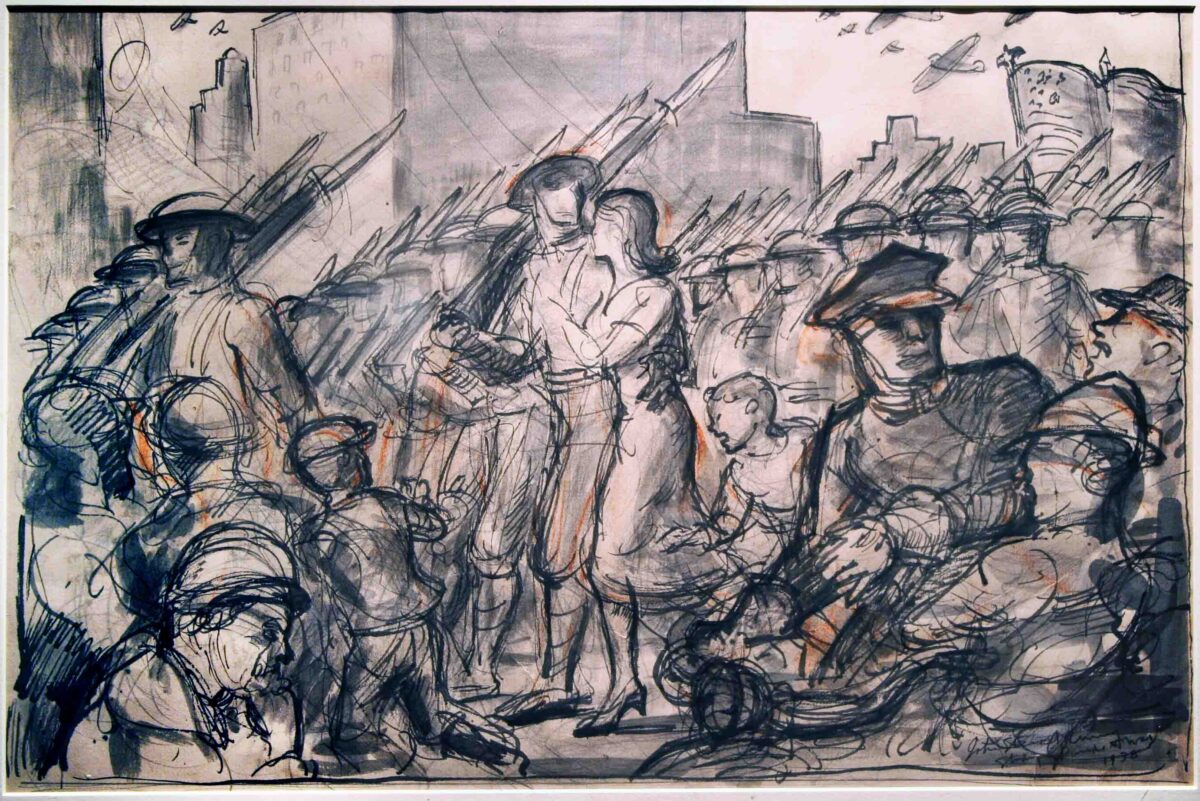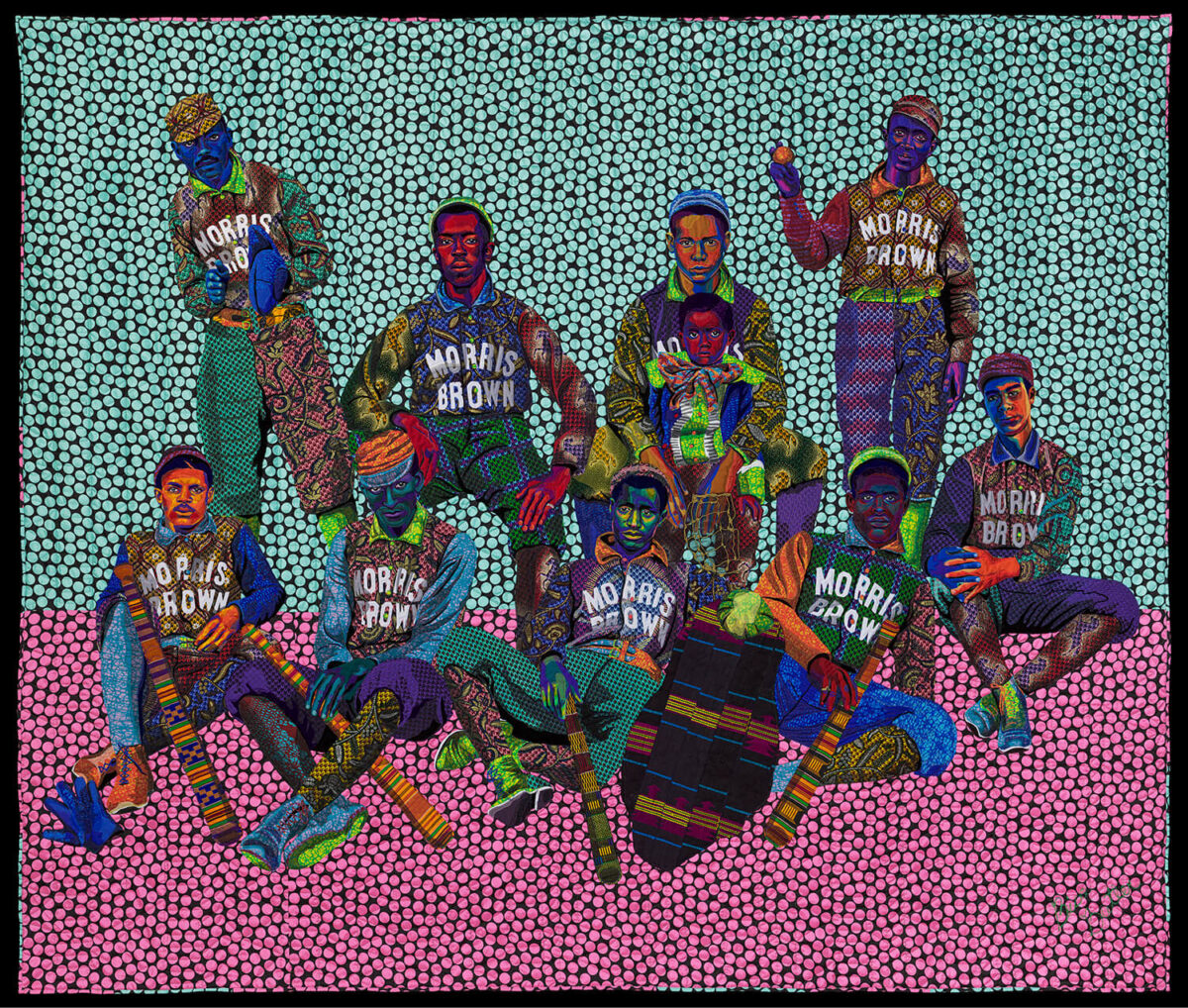Drawn Together: From Sketch to Masterpiece
Drawn Together explores the intriguing nature of the artistic process. Pairing work from the Cummer Museum’s permanent collection with the artist’s smaller study drawings reveals the time and commitment it takes to conceptualize an idea from start to finish. This often leaves the viewer with two or more standalone masterpieces: the initial sketch and the finished work of art. John Steuart Curry’s Parade to War, Allegory (1938), Claude Lorrain’s Minerva Visiting the Muses on Mount Parnassus (1680), Winslow Homer’s Waiting for a Bite (c. 1874), and Benjamin West’s The Honorable Mrs. Shute Barrington (c. 1808), among others, are featured. Come see some of your favorite works in a new light!
This exhibition is organized by the Cummer Museum of Art & Gardens.
Image:
John Steuart Curry (American, 1897 – 1946), Sketch for Parade to War, 1938, pencil, pen, brush, wash, and ink, with traces of colored pencil on paper, 12 ¼ x 18 ¼ in., Purchased with funds from the Morton R. Hirschberg Bequest, AP.2004.2.1.












